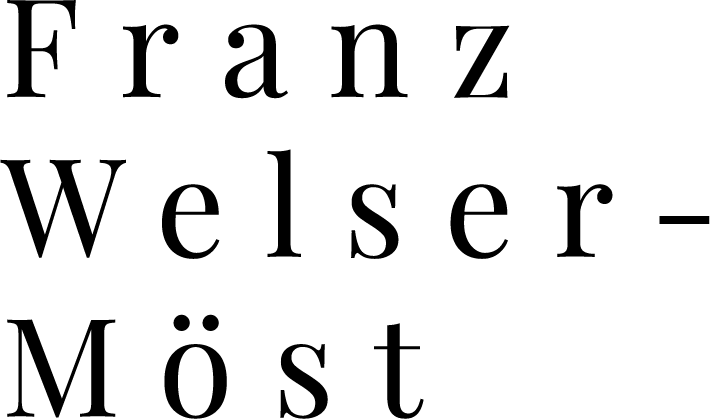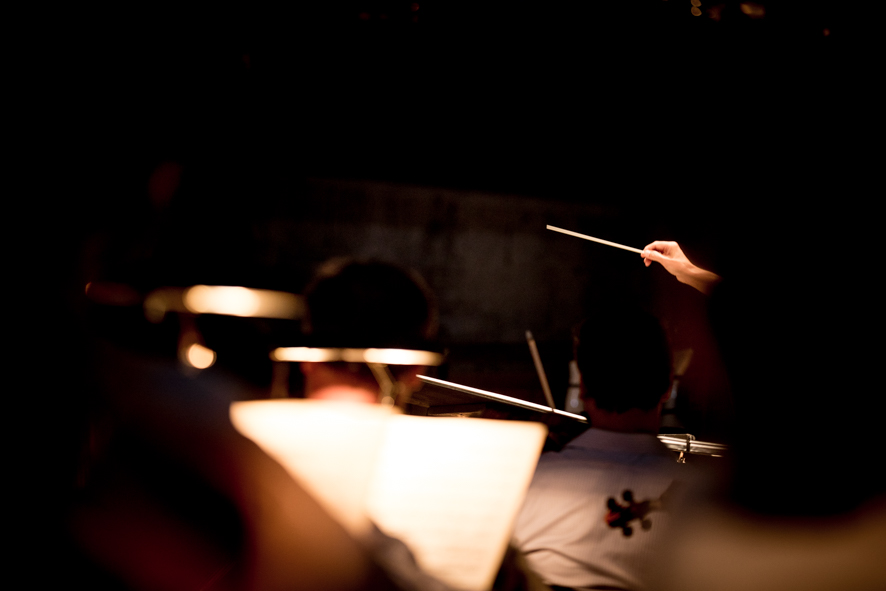CONCERT FOR PEACE – OPÉRA ROYAL DE VERSAILLES, NOVEMBER 11, 2018
Cast
Franz Welser-Möst
Vienna Philharmonic
Yuja Wang Piano
Elsa Dreisig Soprano
Ekaterina Gubanova Mezzo
Daniel Behle Tenor
Ryan Speedo-Green Bass
Chœur de Radio France
Programme
Wolfgang Amadeus MOZART, Overture to „Die Zauberflöte“
Gustav Theodore HOLST, Mars, The Bringer of War, from „The Planets“, Op. 32
Claude DEBUSSY, Trois Nocturnes, „Sirènes“
Richard WAGNER, Funeral March from „Götterdämmerung“
Maurice RAVEL, Concerto pour la main gauche in D major
Ralph Vaughn WILLIAMS, Dirge for two veterans
Ludwig van BEETHOVEN, Agnus Dei from Missa solemnis in D major, Op. 123,
Charles IVES, The Unanswered Question. A Cosmic Landscape (Orchestral Version 1930-35)
„Prologue – Devastation – Hope – Contemplation“
Overture to The Magic Flute (Mozart, UA 1791): The last piece for theatre by the „great European“ Mozart was composed in times of socio-political turmoil and upheaval. It embodies and expresses values and concerns, which came to be pan-European in the wake of the French Revolution and during the Age of The Enlightenment, defining mankind and human dignity anew.
Sirènes from Trois Nocturnes (Debussy, 1897-1899/UA 1901): This transitional piece on the eve of World War I., with its symbolistic and cosmological transports, alludes to the antique myth of Homer’s Odyssey. The idea of seduction resonates in Sirènes (song of the Sirens) bringing about damage and destruction.
In fact, in Debussy’s biography we see an example of expression by numerous artists who through their works symbolically paved the way for the thinking which resulted in the Great War. These very artists glorified conflict and war, not heeding what would be the human cost.
Mars from The Planets (Holst, composed in the years of war 1914-16/UA 1918): The opening music is entitled „The Bringer of War“, evoking a very vivid musical description of the atrocities of war perpetrated by the new war machines.
Funeral March from Götterdämmerung (Wagner, UA 1876 by Hans Richter): Wagner described the Ring des Nibelungen as a „Weltgedicht“, encompassing the creation and end of the cosmos. Interestingly, this piece had an important impact on the VPO’s history at that time. They played, before a concert by them started, the Funeral March in homage and special honor to Hans Richter who died in December 1916.
Piano Concert for the Left Hand in D major (Ravel, composed 1929-1930/UA 1932): It is a touching work against destruction and a beacon of hope dedicated to the Austrian pianist Paul Wittgenstein – a soldier in World War I. who lost his right hand while fighting at the Eastern Front in Poland in 1914/1915.
Dirge for two Veterans (Vaughan Williams, originally composed in 1914 and later incorporated into the cantata Dona nobis pacem, UA 1936): It refers to his personal experiences during World War I, when the composer served as a soldier in France. His hearing was damaged by the noise of the guns, leading later to deafness. The whole work can be seen as a memorial, but it also reveals the composer’s premonition of the approaching World War II.
Agnus Dei from Missa Solemnis (Beethoven, 1819-1823/UA 1824): it is a work, which Beethoven himself described as the pinnacle of his artistic oeuvre. The imploring Miserere nobis for male voices at the beginning – suddenly interrupted by martial sounds – leads to the radiant prayer for peace Dona nobis pacem in D major („Bitte um innern und äussern Frieden“/“Prayer for inner and outer Peace“) – a work embracing humanity’s spiritual quest.
The Unanswered Question (Ives, 1908/1930-35/UA 1946): this work, which describes the „eternal question of existence“ (Ives) is realized by a repeated question and answer structure using motifs on single instruments. Different disparate motifs are superposed but their relations are not exactly defined. The work seems driven by an implicit narration which at the end remains unresolved.

